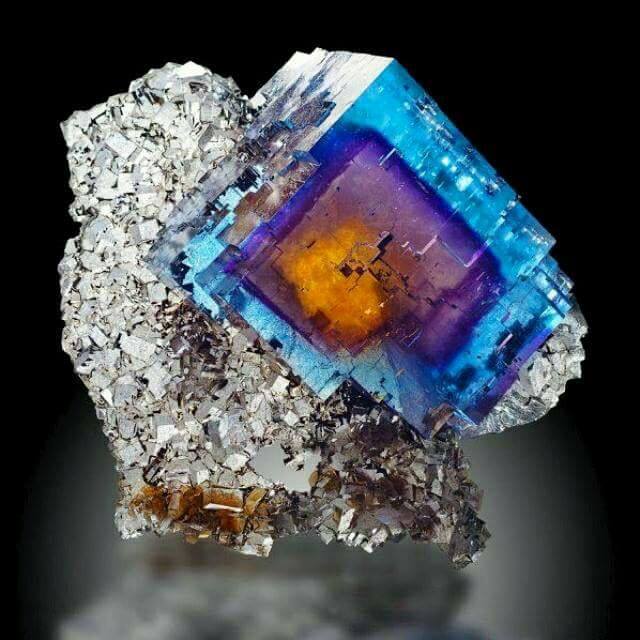Rocks, the building blocks of our planet, hold within them a treasure trove of minerals. These minerals, formed through geological processes over millions of years, contribute to the diverse composition and properties of rocks. In this article, we will delve into the fascinating world of minerals and explore the multitude of minerals that can be found within rocks.
- The Nature of Minerals:
Minerals are naturally occurring, inorganic substances with a specific chemical composition and crystal structure. They are the result of various geological processes, such as cooling and solidification of molten rock (igneous rocks), deposition and compaction of sediments (sedimentary rocks), or transformation of existing rocks under high pressure and temperature (metamorphic rocks). - Mineral Diversity:
The number of minerals that can be found in a rock depends on several factors, including the rock's origin, geological history, and the presence of specific elements. While some rocks may contain only a few minerals, others can harbor a vast array of minerals. For instance, granite, a common igneous rock, can contain minerals such as quartz, feldspar, mica, and amphibole, among others. - Mineral Identification:
Identifying minerals within rocks can be a complex task, requiring a combination of visual observation, physical properties testing, and laboratory analysis. Geologists use various techniques, including optical microscopy, X-ray diffraction, and spectroscopy, to determine the mineral composition of rocks accurately. - Common Minerals in Rocks:
Let's explore some of the common minerals found in different types of rocks:
- Quartz: A mineral abundant in many rocks, including granite, quartzite, and sandstone. It is known for its hardness, resistance to weathering, and its use in various industries, such as glass and electronics.
- Feldspar: A group of minerals that make up a significant portion of the Earth's crust. They are commonly found in igneous and metamorphic rocks and have applications in ceramics, glassmaking, and construction.
- Calcite: A mineral often found in sedimentary rocks, such as limestone and marble. It is composed of calcium carbonate and has numerous uses, including in the production of cement, fertilizers, and building materials.
- Mica: A group of sheet silicate minerals that exhibit excellent cleavage and are commonly found in metamorphic rocks. Mica minerals have electrical and thermal insulating properties, making them valuable in the electrical industry and as components in cosmetics.
- Olivine: A green mineral commonly found in igneous rocks, such as basalt. It is a primary component of the Earth's mantle and has applications in the production of refractory materials and as a gemstone.
- Rare and Valuable Minerals:
In addition to common minerals, rocks can also contain rare and valuable minerals, such as diamonds, gold, and platinum. These minerals have captivated human interest for centuries due to their beauty, scarcity, and economic value.
Conclusion:
Rocks are not merely lifeless formations; they are repositories of a vast array of minerals that shape our world. Understanding the mineral composition of rocks provides valuable insights into their formation, geological history, and potential economic significance. By unraveling the hidden treasures within rocks, we gain a deeper appreciation for the intricate processes that have shaped our planet over millions of years.




More Stories
Why A283 Carbon Steel Coil Is the Preferred Choice for Structural and Fabrication Projects
How Does an Electric Fast Charger Work? Demystifying the Technology
What Are Stacked Cores and How Do They Improve Efficiency?